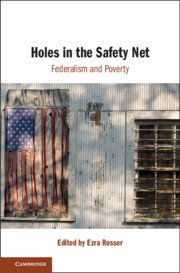New Article: Lauren A. DiMartino, The ‘Free College’ Illusion: How State Tuition Support Programs Are Widening the Opportunity Gap, Georgetown Journal on Poverty Law Policy, Vol. 25, No. 2, 2018. Abstract below:
In recent years, educational efforts nation and state-wide have been focused on closing the gap between the opportunities available to different groups of students. The “income achievement gap,” in particular, results in average performing middle-income students graduating college at a rate of almost three times that of an average performing low-income student. For students in the lowest quintile of income, college tuition — on average — costs 37% of a family’s annual income, compared to only 2.5% for upper-income families. Campaigns across the country are seeking to close this gap by providing tuition-free college. Few programs, however, fully consider the reality of the obstacles faced by low-income students that prevent persistence to graduation. While the idea of “free college” equates to accessibility and attainability, often these new programs only remove obstacles for students, or the families of students, who are already highly likely to obtain a college degree. This note argues that many “free college” laws, as they are being put forward, effectively widen the achievement gap by increasing educational opportunities for middle-income students without removing additional barriers for low-income students. This further complicates the already complex financial aid process and fails to support the most vulnerable student populations. Informed by legal, economic, and student engagement experience, this note explores the statutory and regulatory framework for the current educational and financial aid system in New York State. It offers a critique on how the laws are thwarting the goals they originally sought to accomplish, acknowledges what the laws have gotten right, and outlines recommendations for consideration, most applicable for New York State, but relevant to other jurisdictions as they consider new laws to finance higher education.





